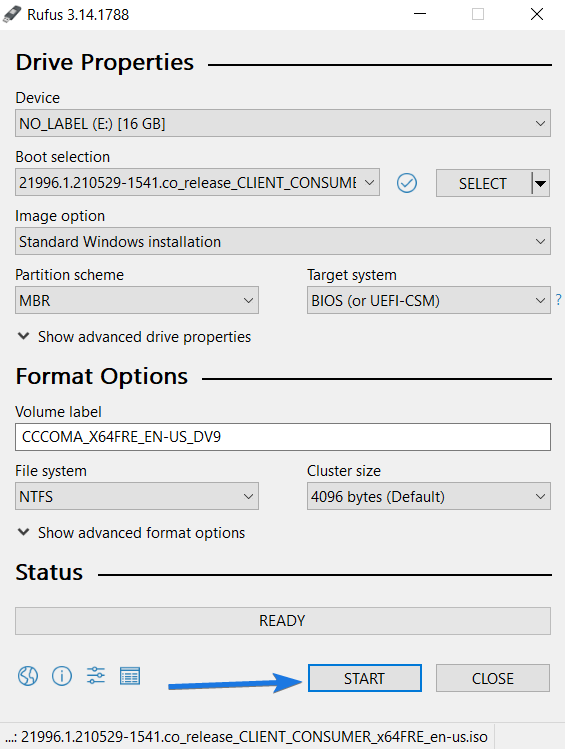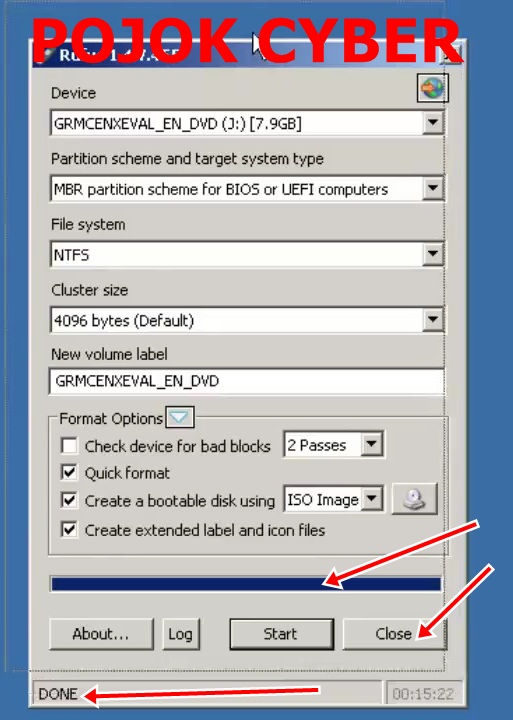
- #Create bootable usb windows 7 filehippo how to#
- #Create bootable usb windows 7 filehippo install#
- #Create bootable usb windows 7 filehippo update#
- #Create bootable usb windows 7 filehippo driver#
- #Create bootable usb windows 7 filehippo windows 10#
#Create bootable usb windows 7 filehippo install#
To compile the source code, install the following packages: gcc, make, and gettext (the package names should be the same on Fedora, CentOS, RHEL, Ubuntu, and Debian). You will need program ms-sys to write a Master Boot Record (MBR) to the USB drive. Then, format the partition as NTFS: sudo mkfs.ntfs -f /dev/sdX1 To install it on Ubuntu or Debian, run sudo apt-get install ntfs-3g. To install it on Fedora, CentOS, or RHEL, run sudo yum install ntfs-3g.
#Create bootable usb windows 7 filehippo driver#
You will need the Linux NTFS userspace driver installed. Format the New Partition on the USB Drive as NTFS Next, go to the section titled Format the New Partition on the USB Drive as NTFS.
#Create bootable usb windows 7 filehippo windows 10#
#Create bootable usb windows 7 filehippo how to#
Visit my blog to download a free Windows XP version 3.6.2 right now.There are a lot of guides on the web describing how to create a bootable Windows 7 or 10 USB drive in Linux. It can be used for creating, editing and sharing music with family and friends all over the world.

You can expect high processing speed, high compatibility and an easy user interface. All you need to do is browse for the application, install it and get started using it. The Playlist creator software application can be downloaded straight from the Microsoft site. Here's what you can expect from a good Windows XP Playlist creator download:

The improvements in the Windows XP version of this program make it an excellent tool for creating, editing, and sharing playlists.
#Create bootable usb windows 7 filehippo update#
This latest update brings along several great new features such as the ability to edit multiple tracks at once in the "Edit" option, a new album view, a handy list sorting option, and many more. With its simple drag-and-drop interface, it is fast and reliable, and allows you to work with various types of file formats without any complex conversion.Ī free Windows XP download will also download the latest update of Playlist Creator.

It provides support for CDA, FLAC, MP3, OGG, WMA, MOV, WMP, AVI, MPEG, OGM and WMV audio files, along with other PLS and MZL playlist formats for both output and input. Playlist Creator is an easy-to-use, but free, software utility which enables you to quickly and easily create playlists with a number of audio files and then prepare them for playback on your computer or other media players.


 0 kommentar(er)
0 kommentar(er)
